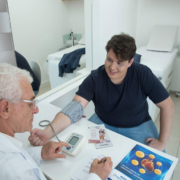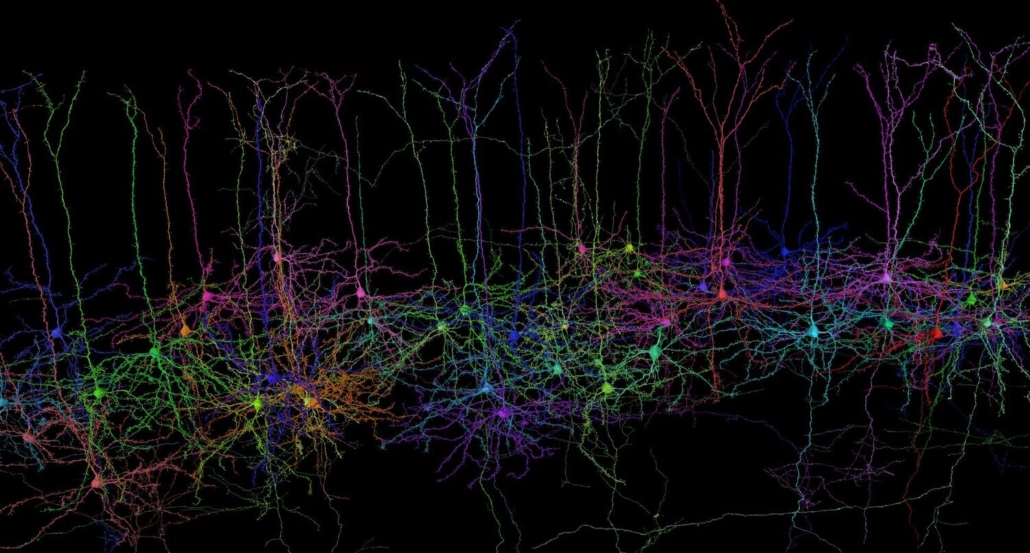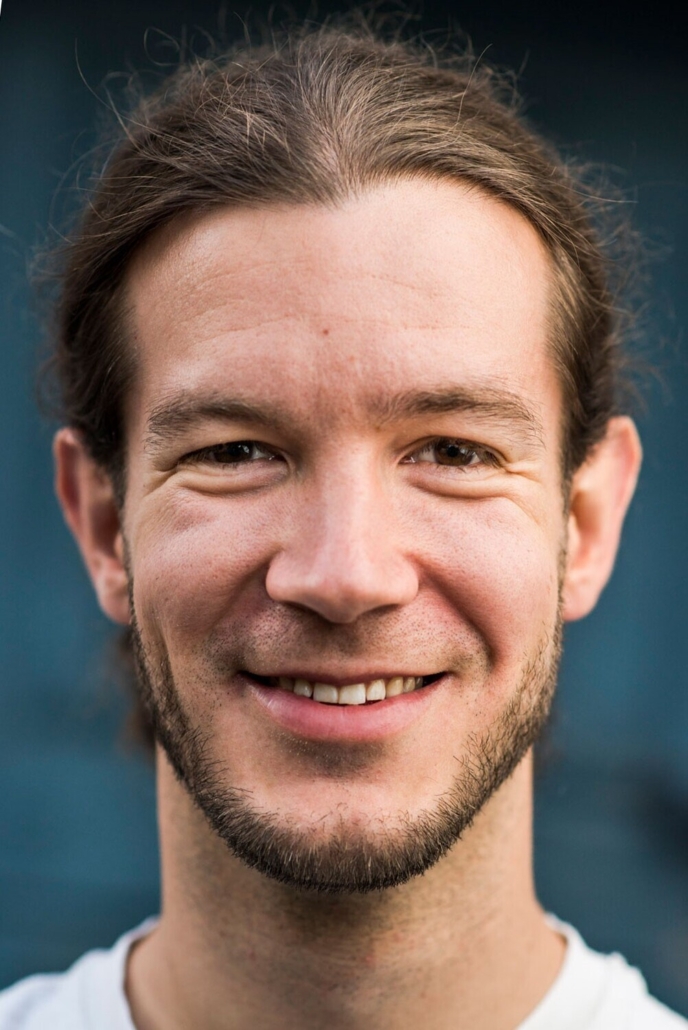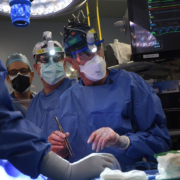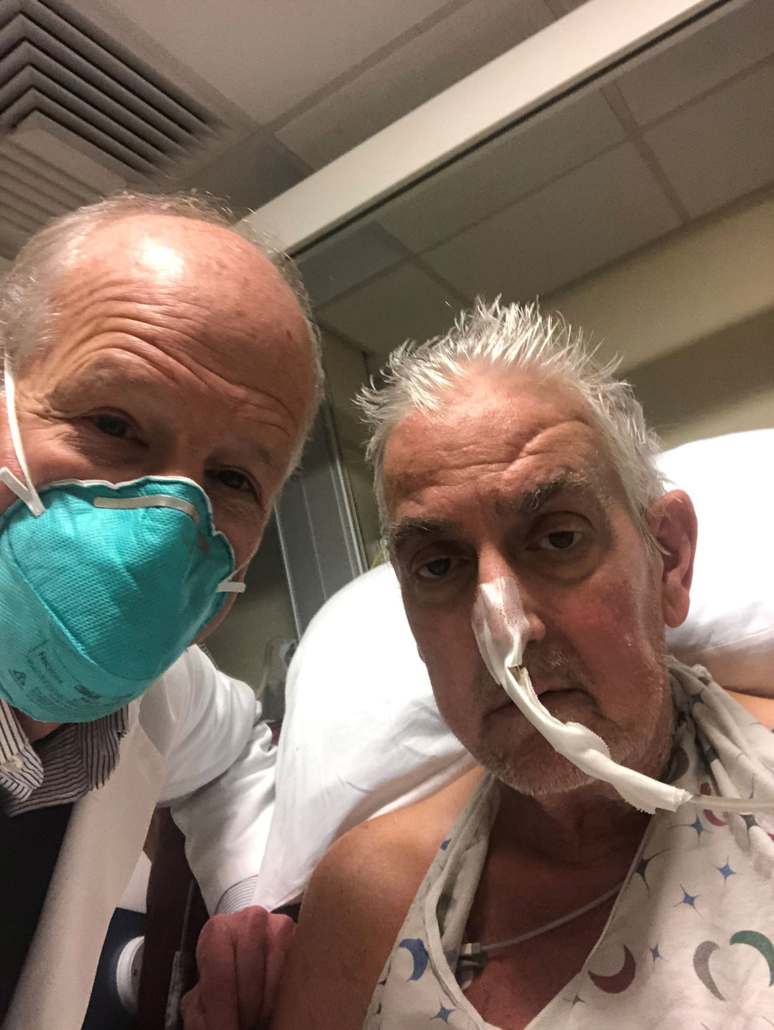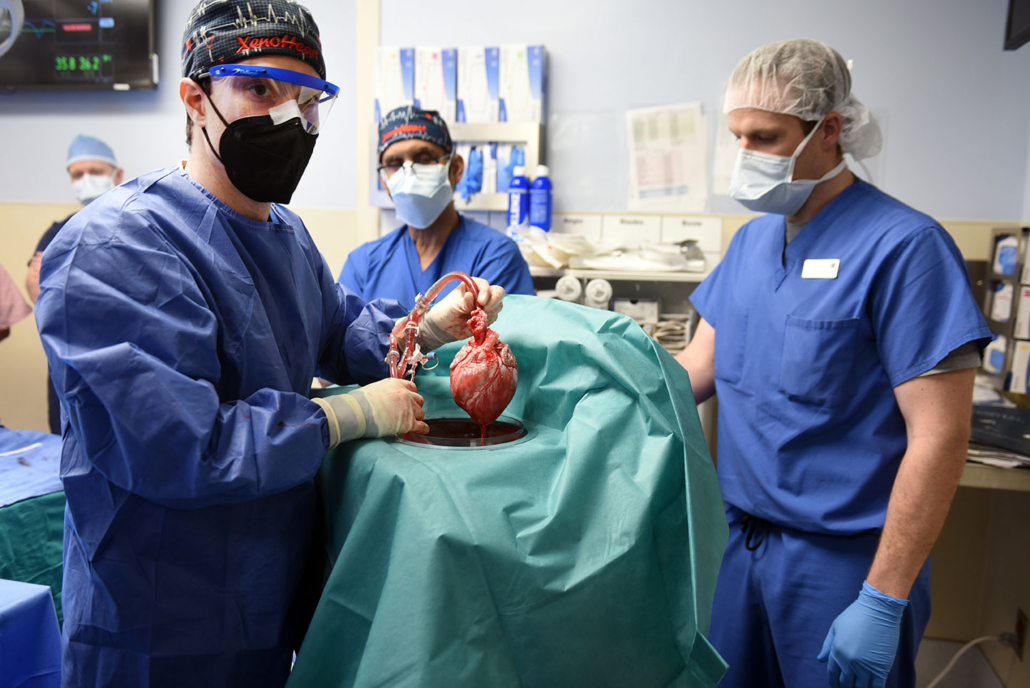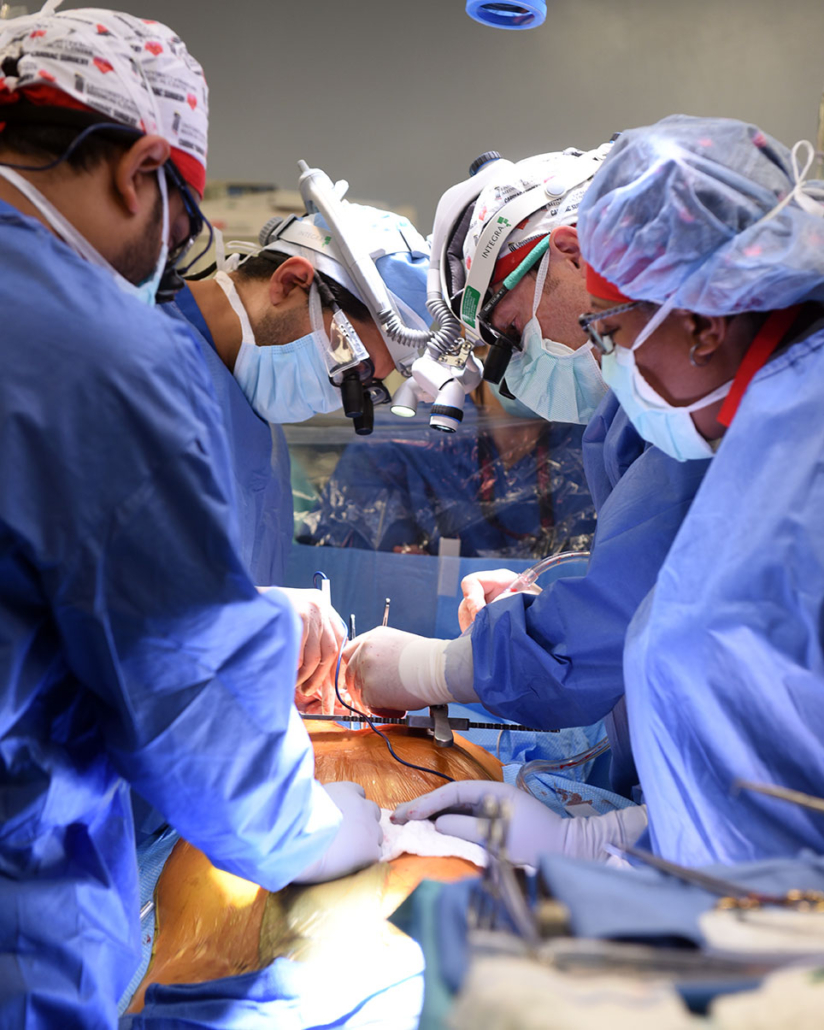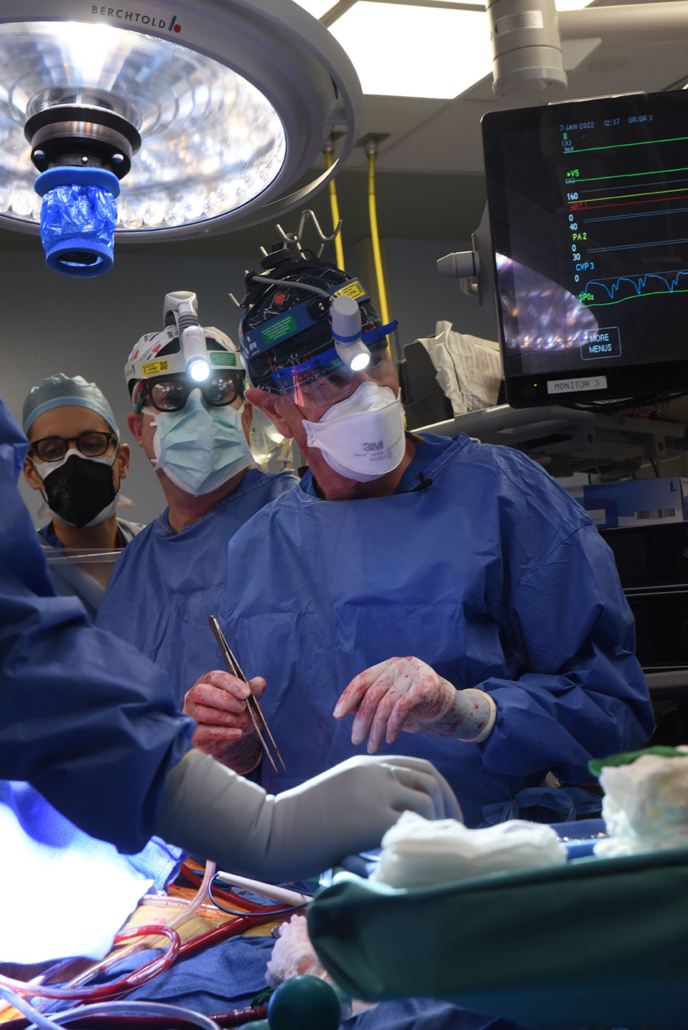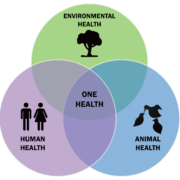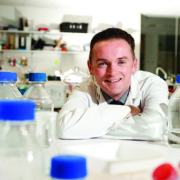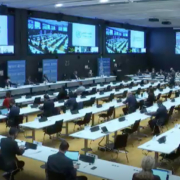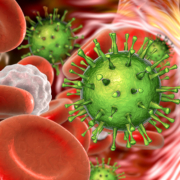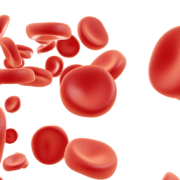New study shows overweight may cause more UK hospital admissions than previous studies indicate
Being overweight may cause more hospital admissions and higher incidences of disease and mortality than previous studies report, according to new University of Bristol-led research. The study, published in Economics and Human Biology, used a genetic technique to identify the sole impact of body composition on hospital admissions from over 300,000 people.
The study, led by researchers from Bristol Medical School’s Population Health Sciences, aimed to find out the impact of excess body fat on the yearly hospital admission rate in the UK by analysing body mass index (BMI) data — a marker of overall body fat — and waist-hip ratio (WHR) data — a marker of regional body fat — from 310,471 individuals within the UK Biobank cohort. Linked with this data was information on 550,000 UK inpatient hospital admissions, with participants followed up for an average of six years.
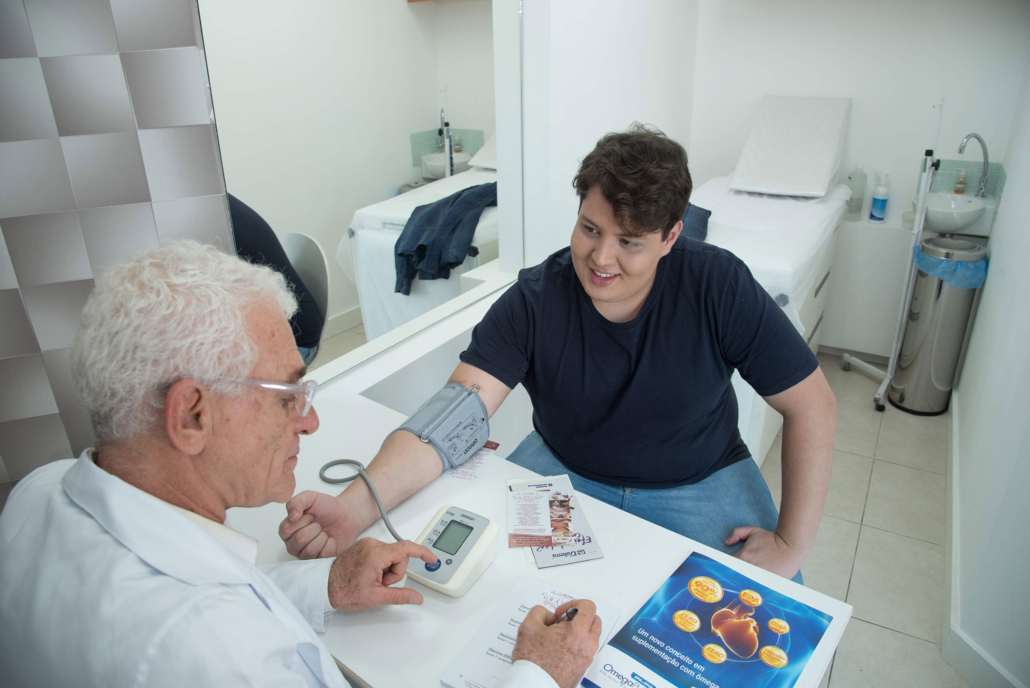
Being overweight may cause more hospital admissions and higher incidences of disease and mortality than previous studies report. © World Obesity Federation
Using this data, researchers compared estimates from conventional epidemiological analyses with a method called Mendelian randomisation, a genetic technique which allows scientists to quantify how being overweight may be causally related to disease and mortality. The method uses genetic changes in the genome linked to body composition to estimate the causal effect of being overweight on a health outcome and remove the effects of other factors that may jointly influence body composition and rates of hospital admission.
Waist-hip-ratio
Their results found evidence for a direct causal effect of higher BMI and WHR on higher yearly hospital admission rates, with estimates that were larger than those obtained from existing research. One of the team’s most striking discoveries showed the relationship was largely driven by an adverse fat distribution in a certain area (measured by waist-hip ratio) rather than overall BMI.
They found that people were between 16 per cent to 26 per cent more likely to be admitted to hospital with each 0.09-unit higher waist-hip ratio compared to 8 per cent to 16 per cent with each 4.74 kg/m2 higher BMI. For example, for a woman of average height (163 cm) and weight (65 kg) in this study, and average measurements of waist (86 cm) and hip (103 cm) in this study, this would be the equivalent of gaining 9.3 cm (or 3.7 inches) in waist circumference, and just under 13 kg in weight, respectively. For a man of average height (177 cm) and weight (79 kg) in this study, and average measurements of waist (94 cm) and hip (102 cm) in this study, this would correspond to a 9.2 cm (or 3.6 inches) increase in waist circumference and a 15 kg increase in weight.
Dea Hazewinkel, the study’s lead researcher from the University’s Bristol Medical School and Population Health Sciences Institute, said: “We live in increasingly obesogenic environments with the World Health Organisation identifying 39 per cent of men and 40 per cent of women as being overweight, and 11 per cent of men and 15 per cent of women as obese worldwide. Finding causal effect estimates between fatty tissue and hospital admissions larger than those previously reported in existing studies emphasises the necessity of exploring policies aimed at reducing obesity in the population.
“The results also suggest that a preference should be given to waist-hip ratio as a measure of body fat over BMI as this may be more important for predicting hospital admissions,” said Hazewinkel.

